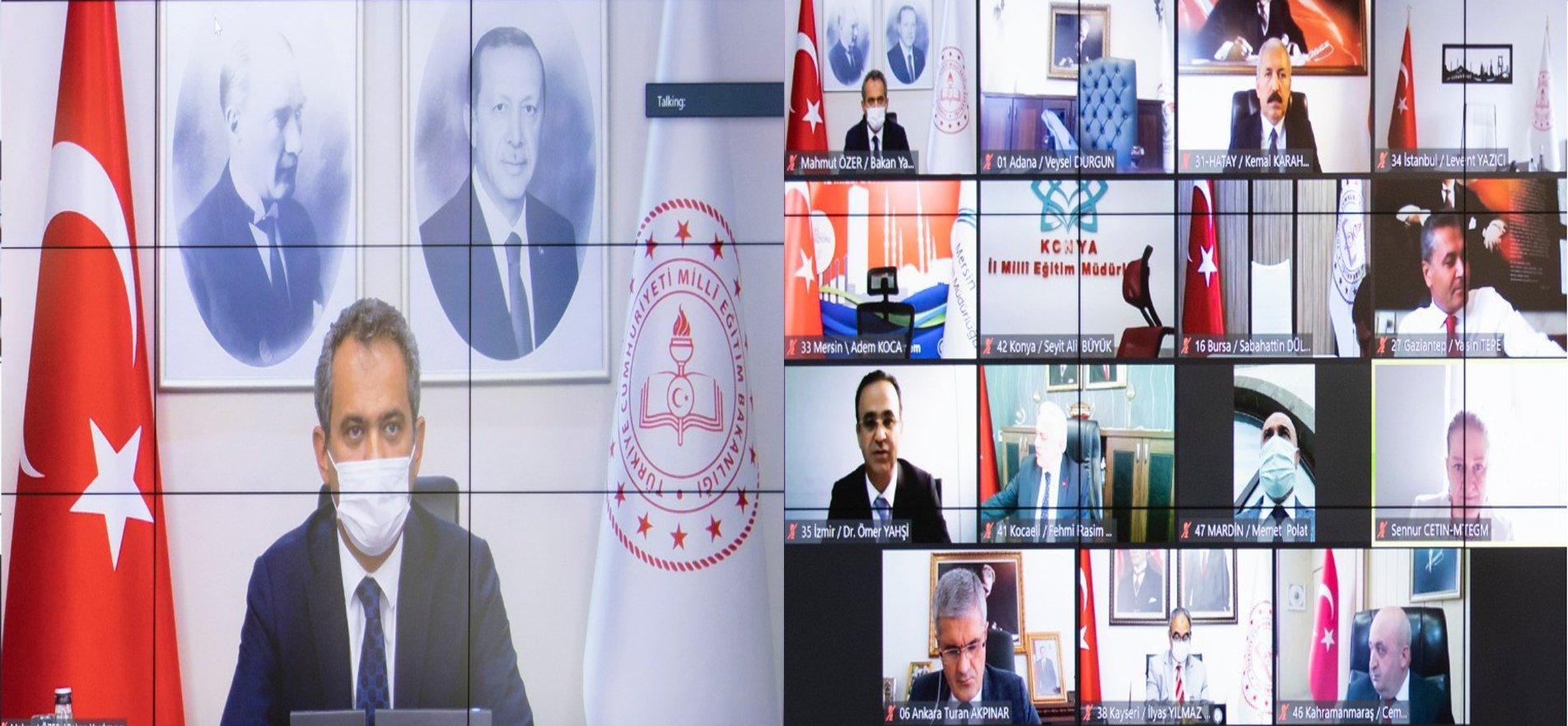Access of Syrians under temporary protection in Turkey to vocational education was discussed during the evaluation meeting in June. Improvements in SEUP an IMEP project aiming at social and economic integration through vocational and technical education was reviewed and steps concerning providing accession to vocational education that will allow easy access to the labor market and reinforce the adaptation process of Syrians were discussed during the meeting chaired by Deputy Minister of National Education Mahmut Özer.
Noting that Turkey is playing host to the largest number of Syrian migrants in the entire world, Özer went on to say: "We have taken important steps in accession of Syrian children to education. Our Ministry has been implementing many projects in order to increase the schooling rate in all grades of education among Syrian migrants. Number of Syrian students in our education system is higher than most European countries. We are preparing new projects in order to increase the variety and quality of education services provided for Syrian migrants. Especially, in the last three years, we focused on social and economic integration through vocational and technical education and initiated many international projects within this framework."
Stressing that vocational education centers provides opportunity to Syrians to integrate to the labor market, Özer stated, "You know that students at the vocational education centers are taking courses at the school once a week and they attend skill training programs in workplaces during the rest of the week. Vocational education center students are paid one third of the minimum wage during their four yearlong education. There is no age limit and only condition to enroll in vocational education centers is a secondary school diploma. In this light, these centers provide Syrian migrants important opportunities to enter the labor market regardless of their age. Currently, only 3 thousand of the total of 150 thousand students enrolled in these centers are Syrians, in other words, only 2 percent of students are Syrian migrants. Our goal is to increase this rate to 10 percent in 2021.
Director General for Vocational and Technical Education Kemal Varın Numanoğlu, department chairmen, provincial directors of national education of Hatay, Gaziantep, İstanbul, Şanlıurfa, Kahramanmaraş, Osmaniye, Mersin, Bursa, Adana, Ankara, Kocaeli, Kayseri, Mardin, Konya, İzmir and Kilis which hosted largest number of Syrian migrants were present at the meeting and they have made presentations about activities carried out in their cities.
Stating that steps defined during the meeting will yield results in a short period of time, Özer thanked his colleagues and provincial directors of national education for their contributions.





























